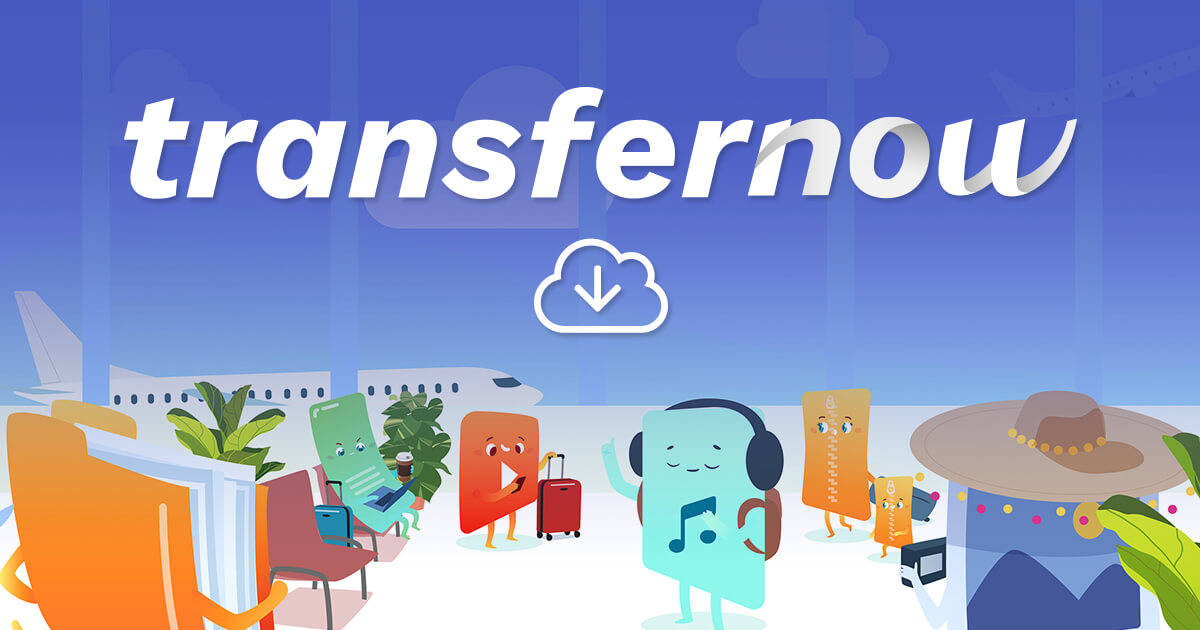I try to explain the problem as clearly as possible.
I have an app with many activities, I would like to make sure that once the app is started and the various activities are open, when the app is closed and then reopened, it resumes the last activity left.
I'll explain better. My app is made up of levels / quizzes.
I would like it to resume from the last level on the next start and not from the main
I heard about the KeyValueStore2 library. is it suitable for that purpose? can you give me an example?
ps. sorry if the title is not appropriate
I have an app with many activities, I would like to make sure that once the app is started and the various activities are open, when the app is closed and then reopened, it resumes the last activity left.
I'll explain better. My app is made up of levels / quizzes.
I would like it to resume from the last level on the next start and not from the main
I heard about the KeyValueStore2 library. is it suitable for that purpose? can you give me an example?
ps. sorry if the title is not appropriate

